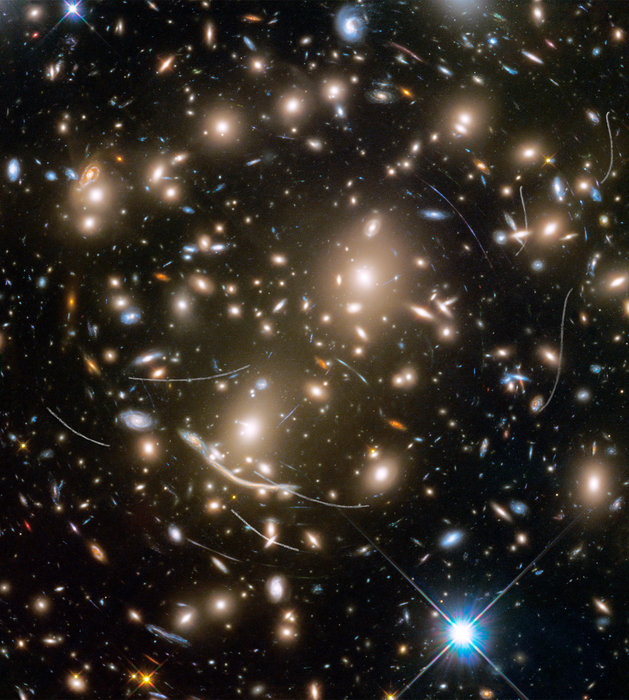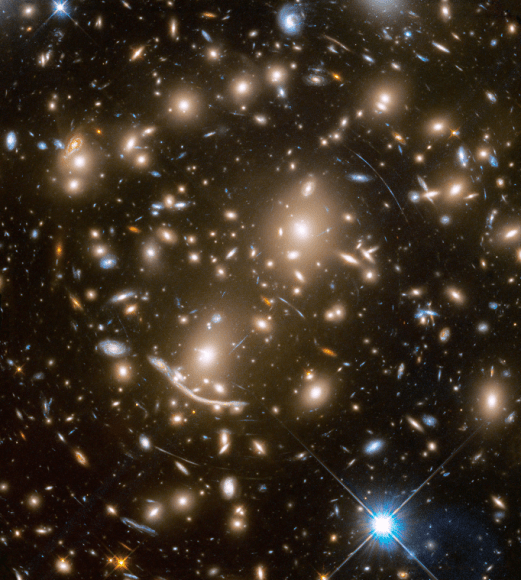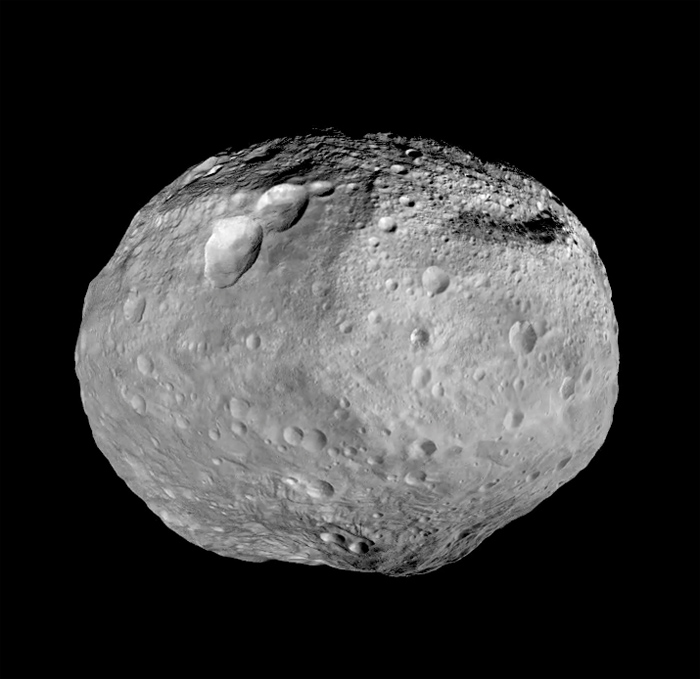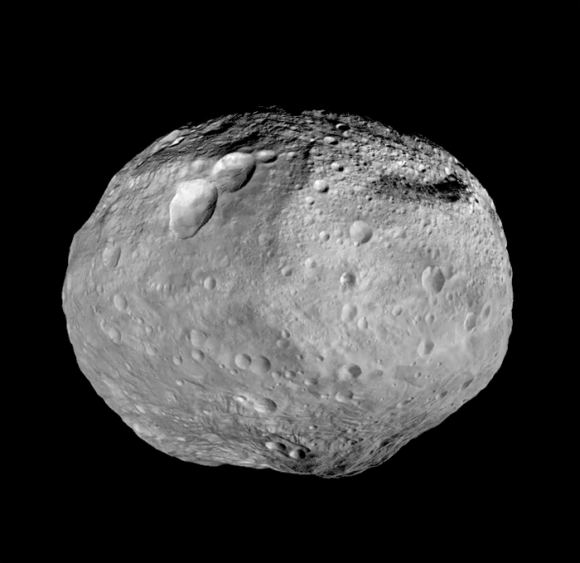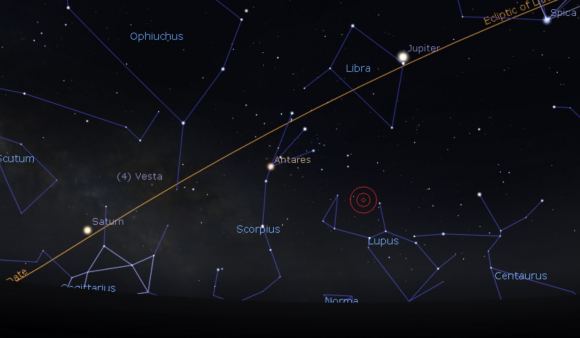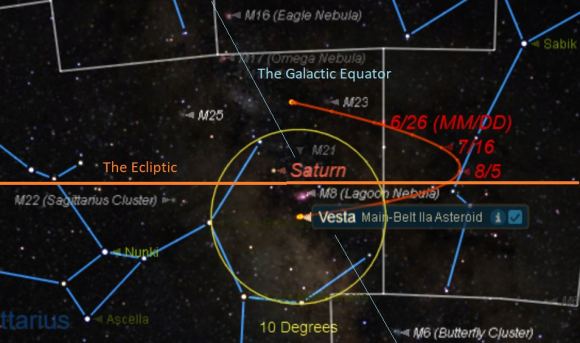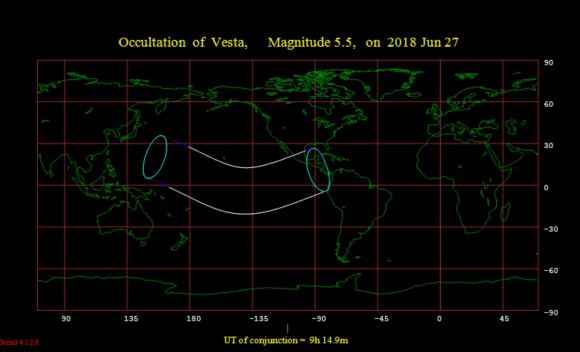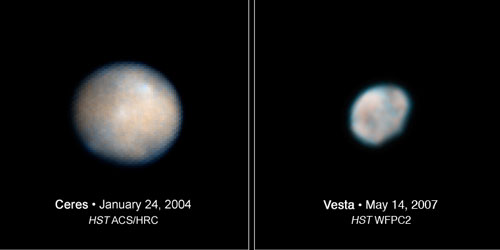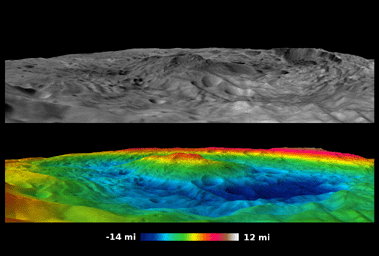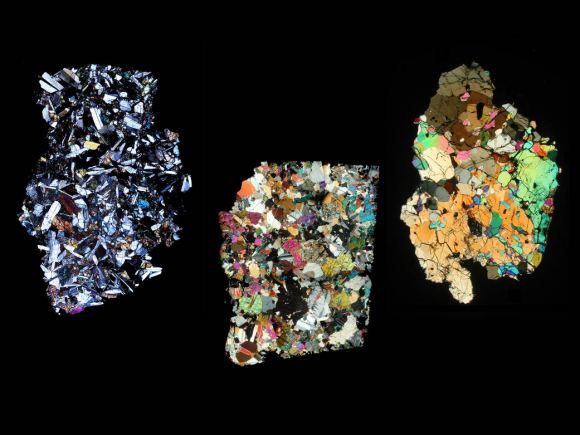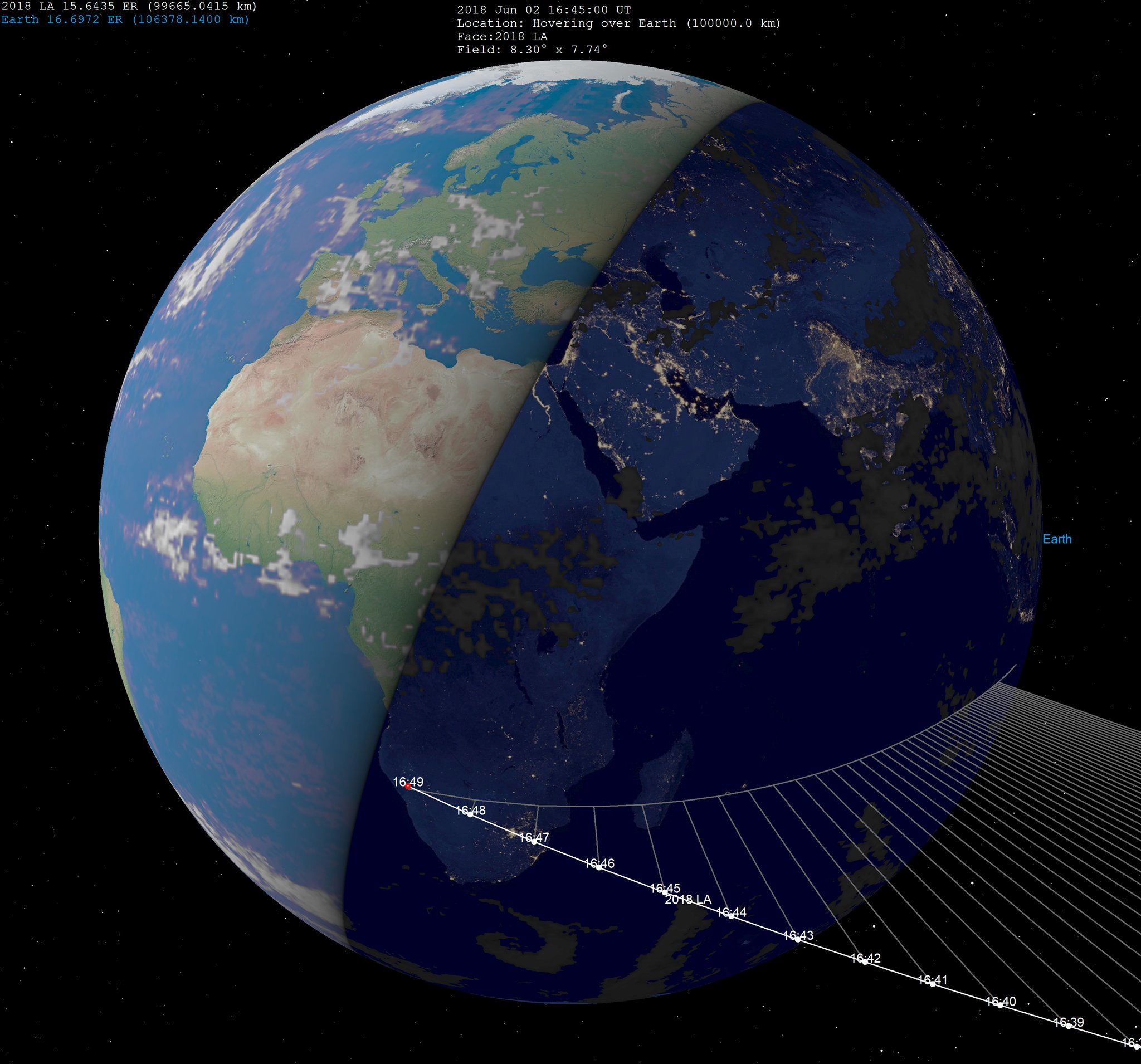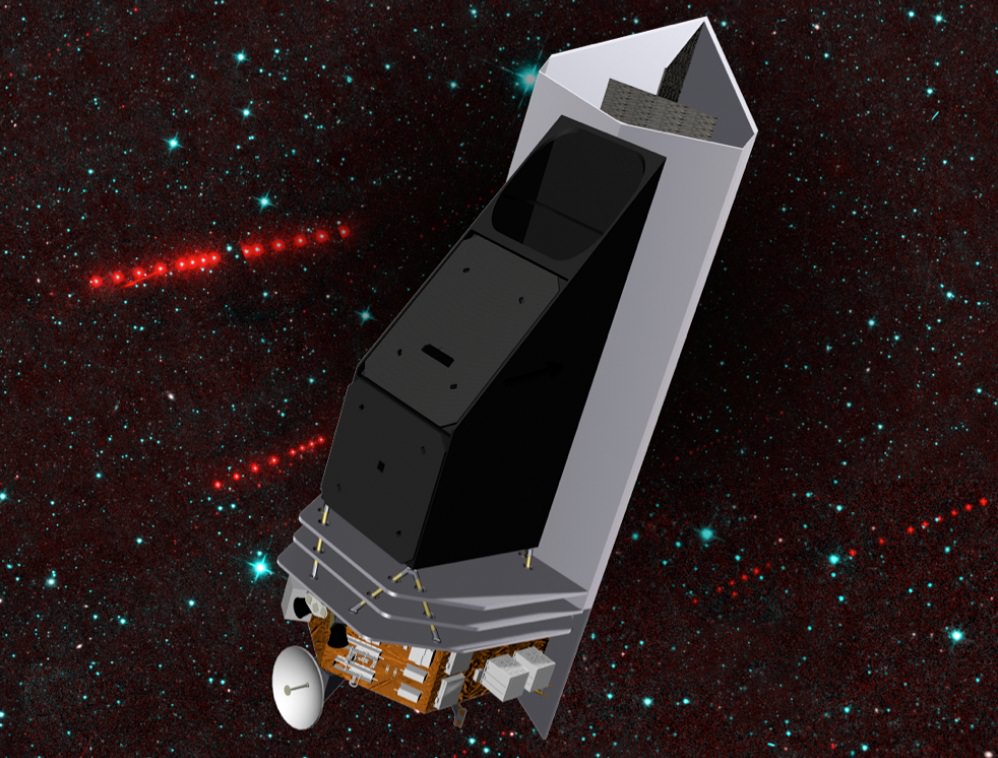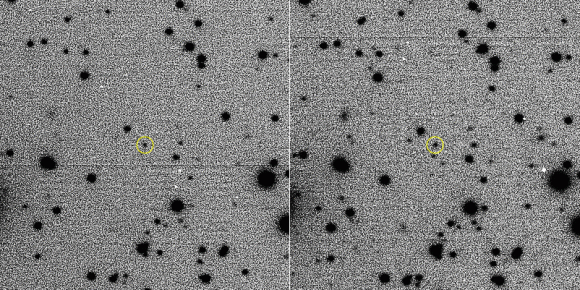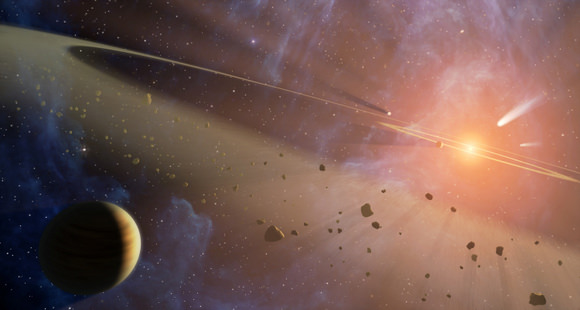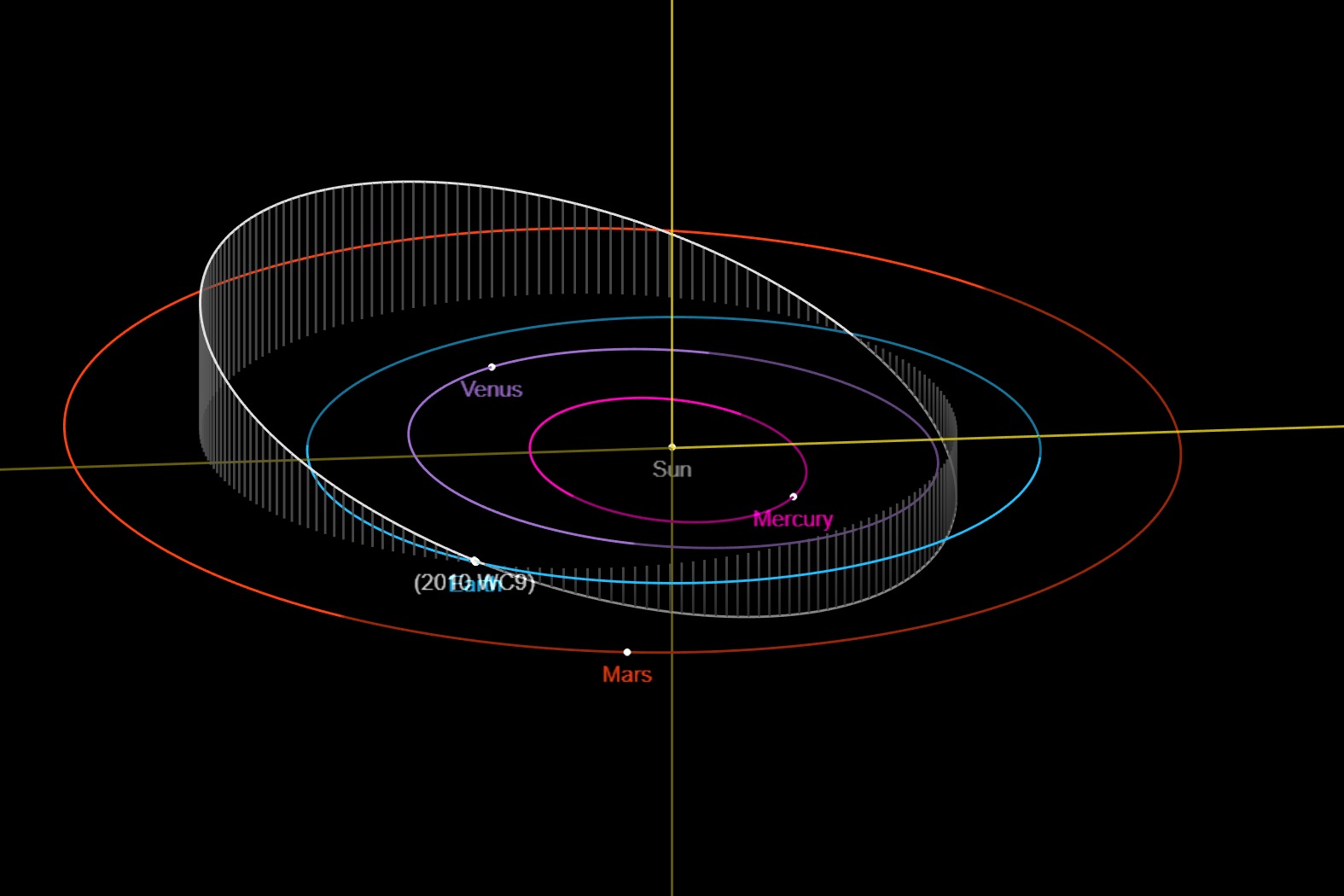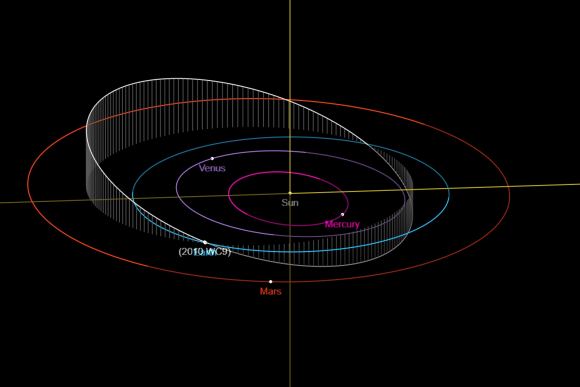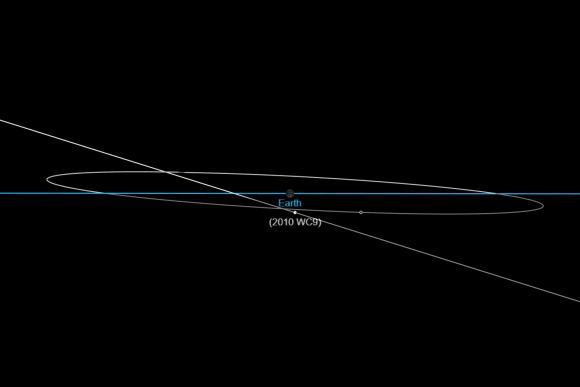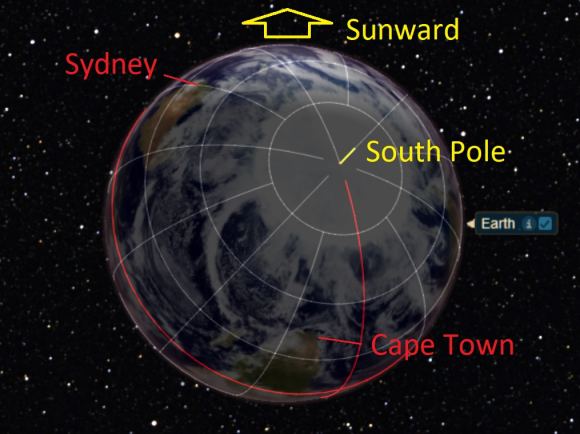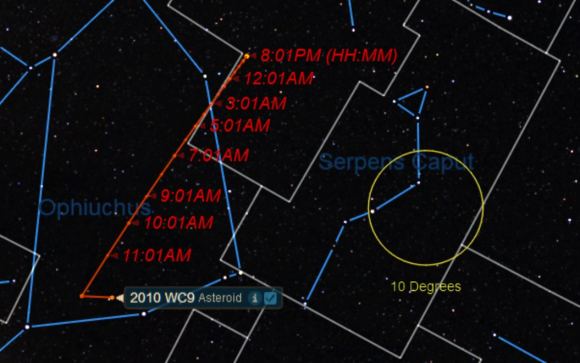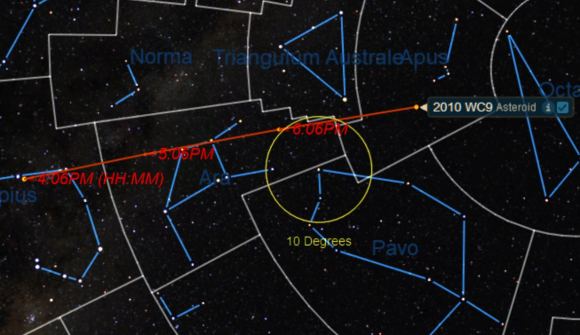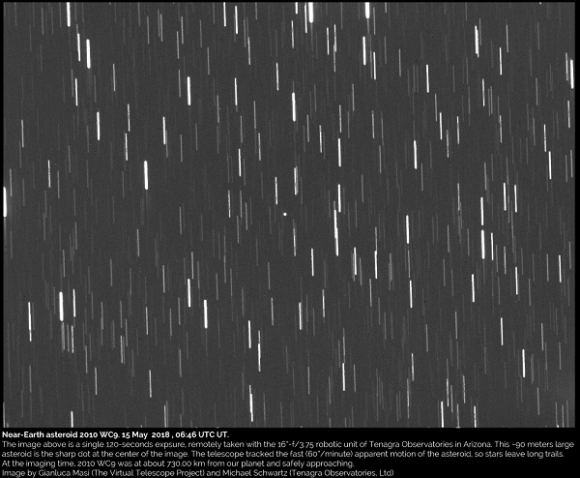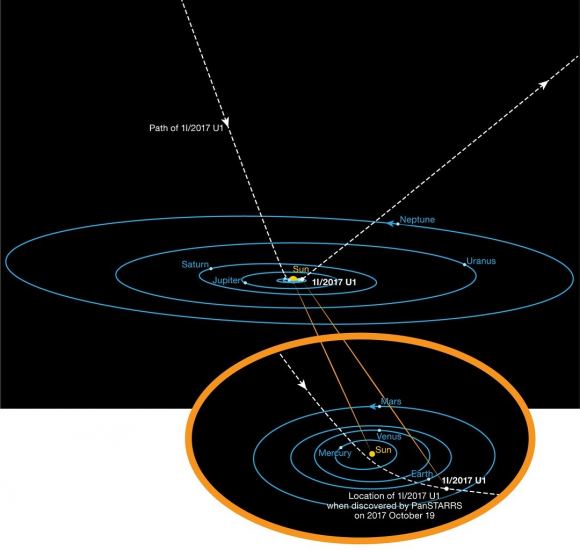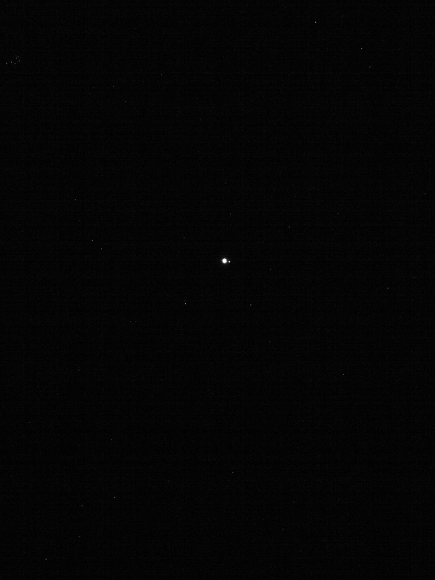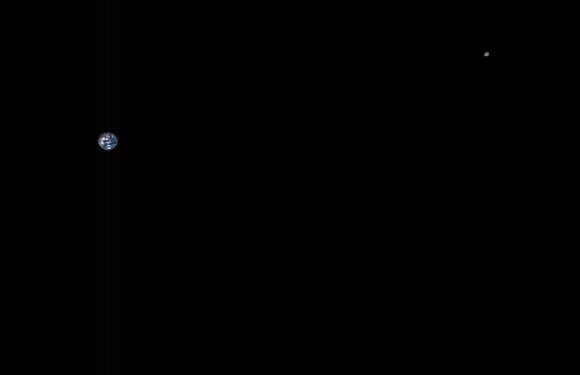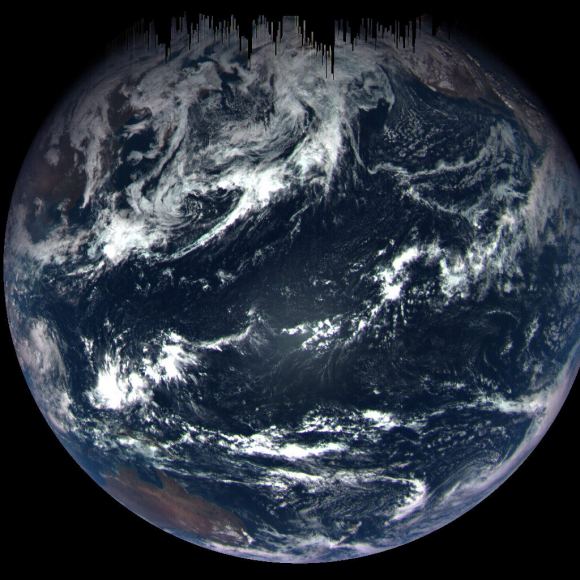On October 19th, 2017, the Panoramic Survey Telescope and Rapid Response System-1 (Pan-STARRS-1) telescope in Hawaii announced the first-ever detection of an interstellar asteroid – I/2017 U1 (aka. ‘Oumuamua). Originally though to be a comet, follow-up observations conducted by the European Southern Observatory (ESO) and others confirmed that ‘Oumuamua was actually a rocky body that had originated outside of our Solar System.
Since that time, multiple studies have been conducted to learn more about this interstellar visitor, and some missions have even been proposed to go and study it up close. However, the most recent study of ‘Oumuamua, conducted by a team of international scientists, has determined that based on the way it left our Solar System, ‘Oumuamua is likely to be a comet after all.
The study recently appeared in the journal Nature under the title “Non-gravitational acceleration in the trajectory of 1I/2017 U1 (‘Oumuamua)“. The study team was led by Marco Micheli of the ESA SSA-NEO Coordination Center and the INAF Osservatorio Astronomico di Roma and included members from the University of Hawaii’s Institute for Astronomy, NASA’s Jet Propulsion Laboratory, the European Southern Observatory (ESO), the Southwest Research Institute (SwRI), the Planetary Science Institute, and The Johns Hopkins University Applied Physics Laboratory (JHUAPL).
As noted, when it was first discovered – roughly a month after it made its closest approach to the Sun – scientists believed ‘Oumuamua was an interstellar comet. However, follow-up observations showed no evidence of gaseous emissions or a dusty environment around the body (i.e. a comet tail), thus leading to it being classified as a rocky interstellar asteroid.
This was followed by a team of international researchers conducting a study that showed how ‘Oumuamua was more icy that previously thought. Using the ESO’s Very Large Telescope in Chile and the William Herschel Telescope in La Palma, the team was able to obtain spectra from sunlight reflected off of ‘Oumuamua within 48 hours of the discovery. This revealed vital information about the composition of the object, and pointed towards it being icy rather than rocky.
The presence of an outer-layer of carbon rich material also explained why it did not experience outgassing as it neared the Sun. Following these initial observations, Marco Micheli and his team continued to conduct high-precision measurements of ‘Oumuamua and its position using ground-based facilities and the NASA/ESA Hubble Space Telescope.
By January, Hubble was able to snap some final images before the object became too faint to observe as it sped away from the Sun on its way to leaving the Solar System. To their surprise, they noted that the object was increasing its velocity deviating from the trajectory it would be following if only the gravity of the Sun and the planets were influencing its course.
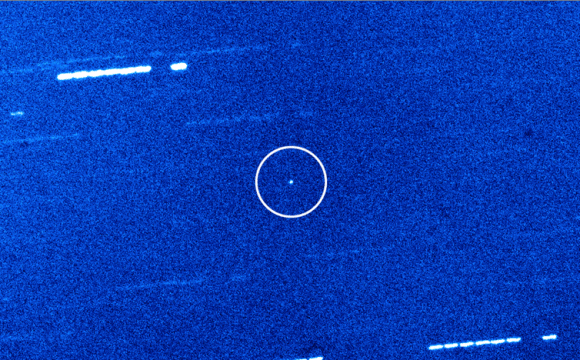
In short, they discovered that ‘Oumuamua was not slowing down as expected, and as of June 1st, 2018, was traveling at a speed of roughly 114,000 km/h (70,800 mph). The most likely explanation, according to the team, is that ‘Oumuamua is venting material from its surface due to solar heating (aka. outgassing). The release of this material would give ‘Oumuamua the steady push it needed to achieve this velocity.
As Davide Farnocchia, a researcher from NASA’s Jet Propulsion Laboratory and a co-author on the paper, explained in a recent ESA press release:
“We tested many possible alternatives and the most plausible one is that ’Oumuamua must be a comet, and that gasses emanating from its surface were causing the tiny variations in its trajectory.”
Moreover, the release of gas pressure would also explain how ‘Oumuamua is veering off course since outgassing has been known to have the effect of perturbing the comet’s path. Naturally, there are still some mysteries that still need to be solved about this body. For one, the team still has not detected any dusty material or chemical signatures that typically characterize a comet.
As such, the team concluded that ‘Oumuamua must have been releasing only a very small amount of dust, or perhaps was releasing more pure gas without much dust. In either case, ‘Oumuamua is estimated to be a very small object, measuring about 400 meters (1312 ft) long. In the end, the hypothesized outgassing of ‘Oumuamua remains a mystery, much like its origin.

In fact, the team originally performed the Hubble observations on ‘Oumuamua in the hopes of determining its exact path, which they would then use to trace the object back to its parent star system. These new results mean this will be more challenging than originally thought. As Olivier Hainaut, a researcher from the European Southern Observatory and a co-author on the study, explained:
“It was extremely surprising that `Oumuamua first appeared as an asteroid, given that we expect interstellar comets should be far more abundant, so we have at least solved that particular puzzle. It is still a tiny and weird object, but our results certainly lean towards it being a comet and not an asteroid after all.”
Detlef Koschny, another co-author on the study, is responsible for Near-Earth Object activities under ESA’s Space Situational Awareness program. As he explained, the study of ‘Oumuamua has provided astronomers with the opportunity to improve asteroid detection methods, which could play a vital role in the study of Near-Earth Asteroids and determining if they post a risk.
“Interstellar visitors like these are scientifically fascinating, but extremely rare,” he said. “Near-Earth objects originating from within our Solar System are much more common and because these could pose an impact risk, we are working to improve our ability to scan the sky every night with telescopes such as our Optical Ground Station that contributed to this fascinating discovery.”
Since ‘Oumuamua’s arrival, scientists have determined that there may be thousands of interstellar asteroids currently in our Solar System, the largest of which would be tens of km in radius. Similarly, another study was conducted that revealed the presence of an interstellar asteroid (2015 BZ509) that – unlike ‘Oumuamua, which was an interloper to out system – was captured by Jupiter’s gravity and has since remained in a stable orbit.
This latest study is also timely given the fact that June 30th is global “Asteroid Day”, an annual event designed to raise awareness about asteroids and what can be done to protect Earth from a possible impact. In honor of this event, the ESA co-hosted a live webcast with the European Southern Observatory to discuss the latest science news and research on asteroids. To watch a replay of the webcast, go to the ESA’s Asteroid Day webpage.


